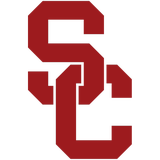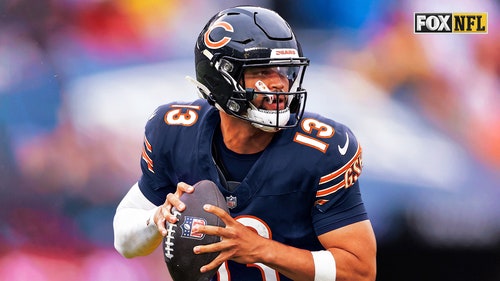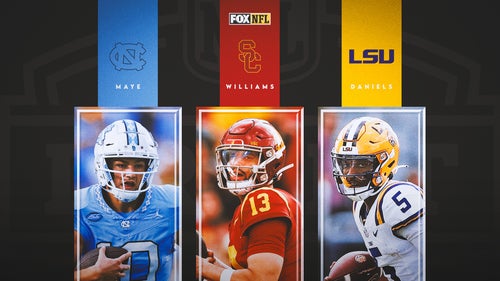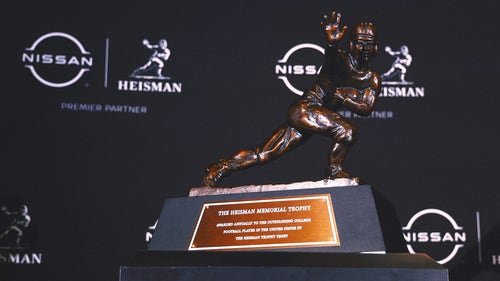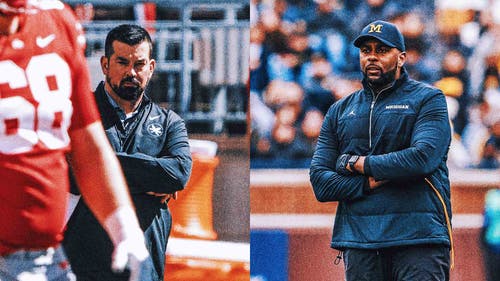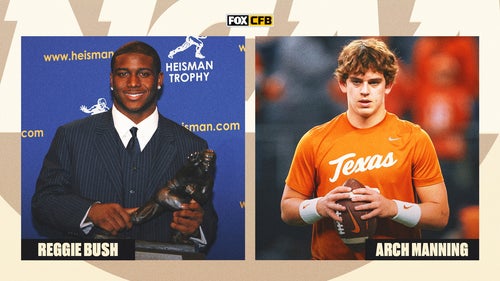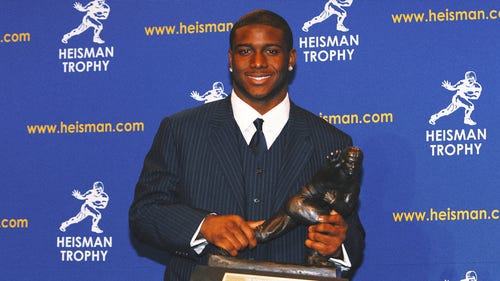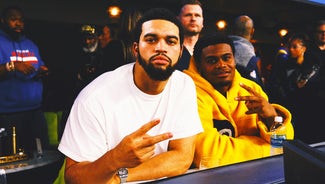
National powers, fewer players define California football
BELLFLOWER, Calif. (AP) — On a typically perfect Southern California afternoon, bright sun and blue sky, the stars are out at St. John Bosco Prep football practice.
The quarterback built like Jameis Winston? Five-star prospect, heading to Clemson. That chiseled linebacker with the square jaw? Four star, committed to Ohio State. That super-fast receiver? Four star. The other receiver is a four star, too. That OTHER receiver, the tall one? Four star, but he’s just a junior, like the other four-star linebacker. Couple three-star players on the offensive line. Another on the defensive line.
There are few high school football teams anywhere in America as good as this, but one of them is just a 23-mile drive down Interstate 5. Bosco’s Trinity League rival, Mater Dei High School, is ranked No. 1 nationally after beating the Braves 38-24 in October, a matchup with enough high-end talent to make a top-40 recruiting class from just the seniors on each team. Bosco is ranked No. 4.
“They’re just playing a different sport,” Corona Del Mar High School football coach Danny O’Shea said of the private school powerhouses.
The dichotomy of California high school football is glaring: The state’s best programs are among the very best in the country while the foundation is crumbling.
Only Texas and Florida produce more major college football players than California, but overall participation in the sport fell almost 10% from 2015 to 2018, according to data compiled by the National Federation of State High School Associations. Texas and Florida added high school football players over that same period.
The percentage of players competing at the highest level of college football who are from California has dropped over the last five years, too, from 11.5% in 2013 to 10.5% in 2018, according to the NCAA. This is problematic not just for those who love football in the Golden State, but for schools in the Pac-12 that are most reliant on California players. There are two more worrisome trends for the Pac-12: While the number of blue-chip recruits from California is still high, those top players have been passing on Pac-12 offers more frequently.
National trends related to safety and youth sports specialization are taking a toll in California, but the top-heavy nature of the competition in the Los Angeles area, where many of the best players cluster to form super teams, appears to be compounding problems.
Petro Papadakis, a former Southern California football player who is now an analyst for the Pac-12 Network, says the “hometown vibe” is gone.
“The overarching theme here is private schools and academies are kind of taking away the great Southern California high school football tradition that I grew up with,” he said. “We still have great football here. We still produce great players. But the academy part of it is bad, and the o-line, the no longer dedicating yourself to the fronts and this seven-on-seven culture in the summer, which is the furthest thing from real football you can have. We've kind of been led astray a little bit I guess would be a good way to put it.”
Mission Viejo head coach Chad Johnson was offensive coordinator at Bosco for eight years. He said public schools like his, especially city schools, face funding issues and less emphasis has been placed on sports programs. Meanwhile, private schools could offer top-flight competition, commitment to the football program and assistance with travel and tuition based on need.
Bosco lagged its league competition for years before winning five championships over a seven-year span under head coach Jason Negro, who had been at Trabuco Hills.
“I mean people want to sit there and say you know oh they got this kid from here they got that kid from there, whatever,” Negro said. “Well, I mean as long as the rules are going to dictate what we can and cannot do and we follow those rules, I mean, I don't think there should be making excuses for our success and trying to cast shadows on what we're doing.”
According to 247 Sports’ player rankings, five of the top six California players from the class of 2020 are committed to schools outside the Pac-12, including Mater Dei quarterback Bryce Young, who flipped his commitment from USC to Alabama in September.
Through mid-November, 26% of the four- and five-star recruits in California are verbally committed to sign with non-Pac-12 schools. That’s in line with a recent trend: From 2002-14, 19.1% of California’s four and five stars (75 out of 393) signed outside the Pac-12. From 2015-19, that rose to 27.1% (69 out of 249).
Bosco’s D.J. Uiagalelei is the top-rated quarterback in the 2020 signing class. He is 6-foot-4, 245 pounds. He is committed to Clemson, where he also plans to play baseball, his first love.
Uiagalelei grew up rooting for the University of Southern California, like so many kids here, but when it came time to decide where he wanted to play in college he wanted more.
“I felt like I just want to play on the biggest stage.” he said. “The Pac-12, for the most part, Pac-12 football is not the quality of football that I feel like is on the East Coast. Clemson, I feel like that's the place. Every year they compete for a national championship ring. And right now, the Pac 12 is not how the Pac-12 used to be when they used to have teams loaded like the old ‘SC.”
